Flavoured salts are very trendy in some shops… yes, but rather pricey when it is so easy to make them yourself in your kitchen! Depending on herbs grown in your garden, you can even create your own blends, and why not give some as gifts. This herb salt will give an incomparable flavour to court-bouillons, marinades, vinaigrettes and simply to jazz up any savoury preparation.
We give you the little tips that make the difference and ideas for blends to wow your guests.
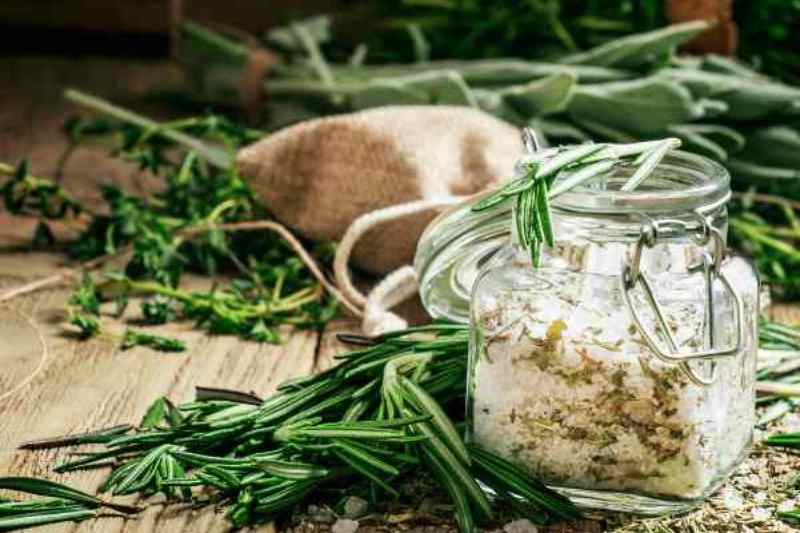
Coarse salt or fine salt?
To make herb salt, you will need to gather salt… and herbs! Yes, but which salt? coarse salt or fine salt?
Both are possible, but coarse sea salt, also called grey salt, the Guérande type (the best, according to Gwenaëlle!), is often more suitable for many uses in cooking.
It is now found in supermarkets, but of course also locally on the Guérande peninsula. This raw sea salt, from the first harvest by salt-workers in the salt marshes, has an exceptional mineral content because it is unrefined and unwashed. You will also find exceptional salts on Île de Ré or Noirmoutier.
Fine salt and fleur de sel (flower of salt) are also possible, but these should be used at the end of cooking, especially fleur de sel.
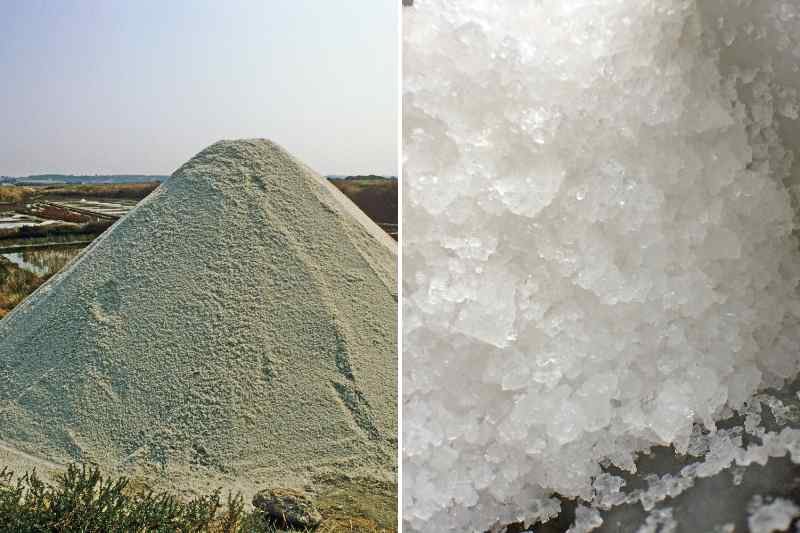
Which herbs to choose?
To flavour the salt, a wide variety of aromatic herbs is at your disposal. Ideally, pick directly from your garden to work with fresh herbs that you will dry yourself.
Thyme, rosemary, fennel, summer savoury, sage, bay laurel, chives, oregano, parsley, marjoram, chervil, tarragon, hyssop, ramsons… These herbs are all very aromatic and most gardens have at least two or three. How you use them (see below) will depend on the recipe. You can also harvest from your garden certain leaves with interesting aromas such as lovage, alexanders, celery or carrot tops, Tulbaghia leaves, etc.
Do not hesitate to also harvest the flowers of these herbs in summer, which are very fragrant, such as oregano or thyme, for example.
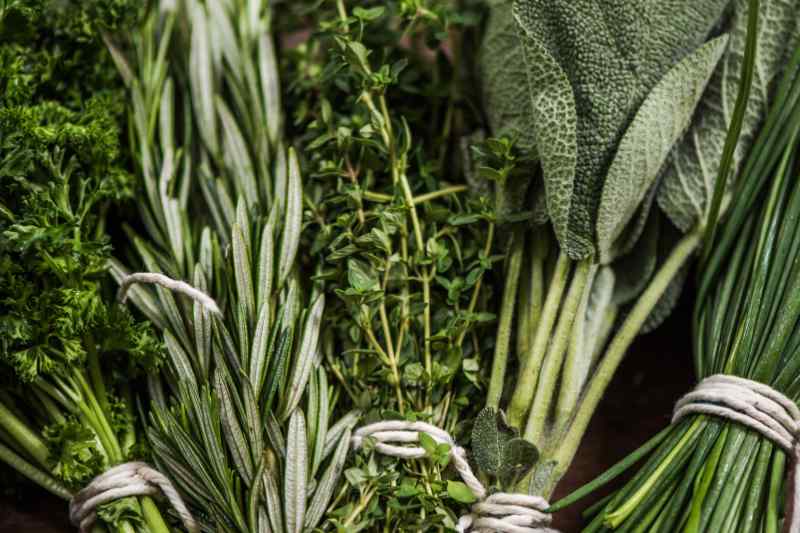
Harvesting and preparing herbs for flavoured salt
Gather herbs you like from the garden: they must be dry, so avoid picking them early in the morning unless you dry them well before use.
Simply chop the herbs as finely as possible, either by hand, placing them in a glass and snipping with scissors until fine, or using a small food processor, pulsing at the lowest power in short bursts. Ideally blend a softer herb (parsley, tarragon) with a tougher herb such as rosemary or bay. Harvesting really depends on herbs in your garden, your taste, and can vary year to year according to your plantings.
Homemade herb salt recipe
- 10 tablespoons of salt
- 5 tablespoons of fresh herbs, finely chopped
- Mix the finely chopped fresh herbs and salt in a bowl or mortar.
- Place container in a cool place for 12 hours.
- Spread the herb salt on a baking sheet and dry in a low oven for 1 hour.
- Bag your salt if you plan to give it as a gift, or fill an airtight container.
Variations: if you do not wish to dry the prepared salt, a salt made with fresh herbs will keep a little less long, but will have a very pleasant aroma during the first month of use. You can also dry all your herbs and mix them with the salt: it will simply be less aromatic.
Herb proportion is always down to taste, but a ratio of half herbs to salt really brings out the herbaceous aromas desired in this type of condiment.
How to store it?
Store your homemade flavoured salt in a pretty glass jar, sealed hermetically with a rubber gasket (small Le Parfait-style jars, but a small glass pot such as a foie gras verrine also works well if you prepare fine salt or fleur de sel), then place your jar in a cupboard at room temperature (larder, kitchen) and out of light. Salt dislikes humidity, so ensure it is kept in a dry room or space.
You can also keep your salt in a closed stoneware container, like old salt pots, or in a ceramic pot, always sealed with an airtight lid.
How to use it?
For a salt specially for court-bouillon, add a few peppercorns (or alexanders seeds). And if you have time, dry some onions or garlic at low temperature.
You can use this homemade flavoured salt for:
- water-based cooking: to flavour court-bouillons, to salt cooking water for rice or pasta.
- salt-crust cooking of meats and fish.
- grilling, meats or fish on the barbecue or summer vegetables on the plancha.
- seasoning of potatoes, raw salads, eggs, soups, etc., when using fine salt or fleur de sel.
For use on meats, you can add a little Espelette pepper, excellent with white meats. Also try original summer pairings such as rosemary and lavender!
For use on fish or shellfish, add fennel fronds, dill, hyssop or agastache for an aniseed note. You can also make an herb-and-seaweed salt by buying a packet of seaweeds (wakame, nori…) from a specialist shop and mixing them with thyme or oregano, for example. Dried lemon zest will also be welcome. Finally, if you want a festive salt for preparing gravlax, use only a mixture of salt and those aniseed herbs that will elevate your salt-cured fish.
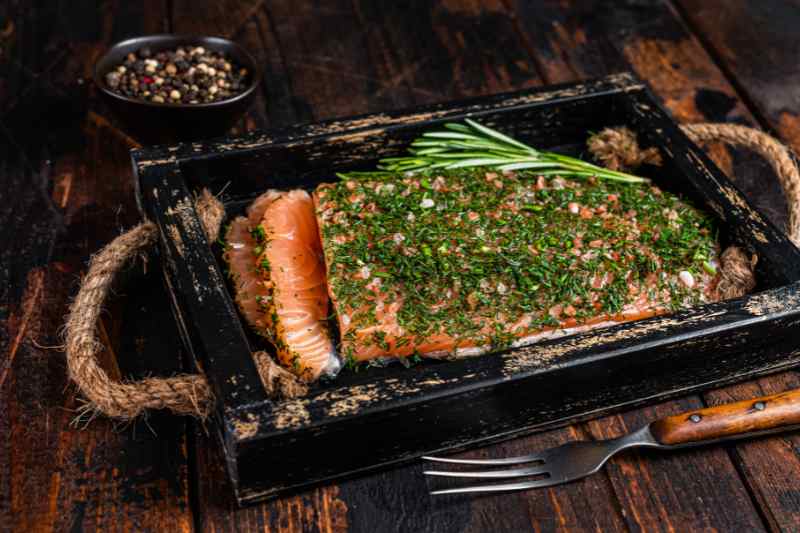































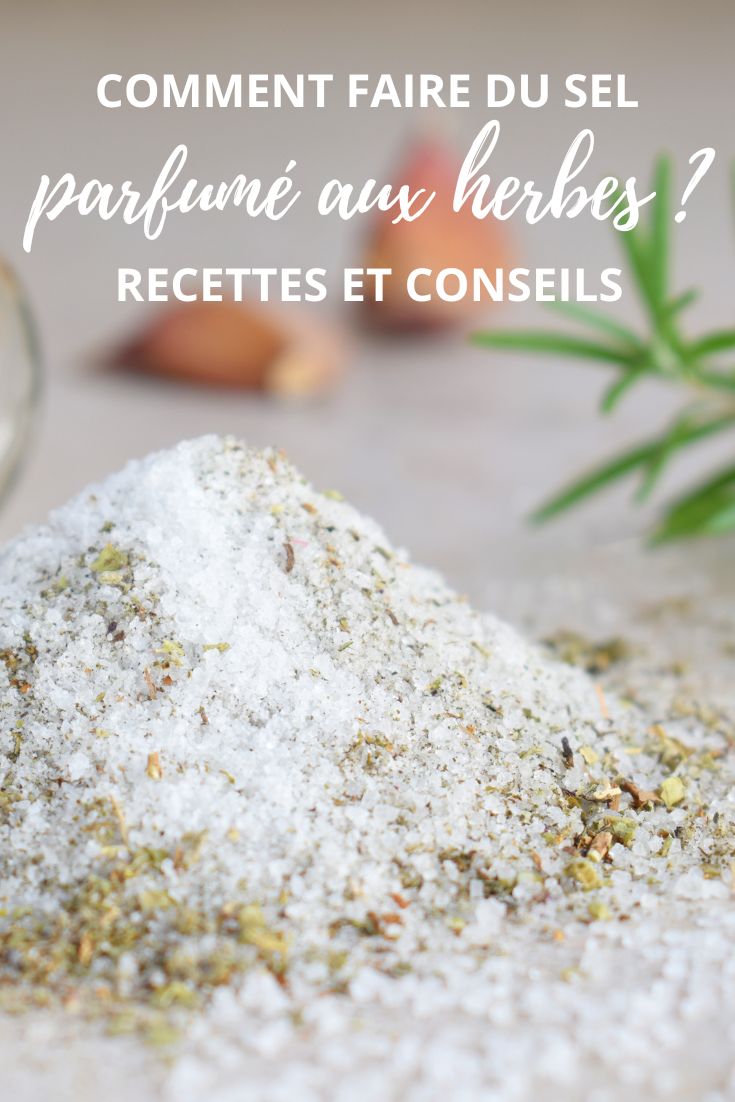
Feedbacks